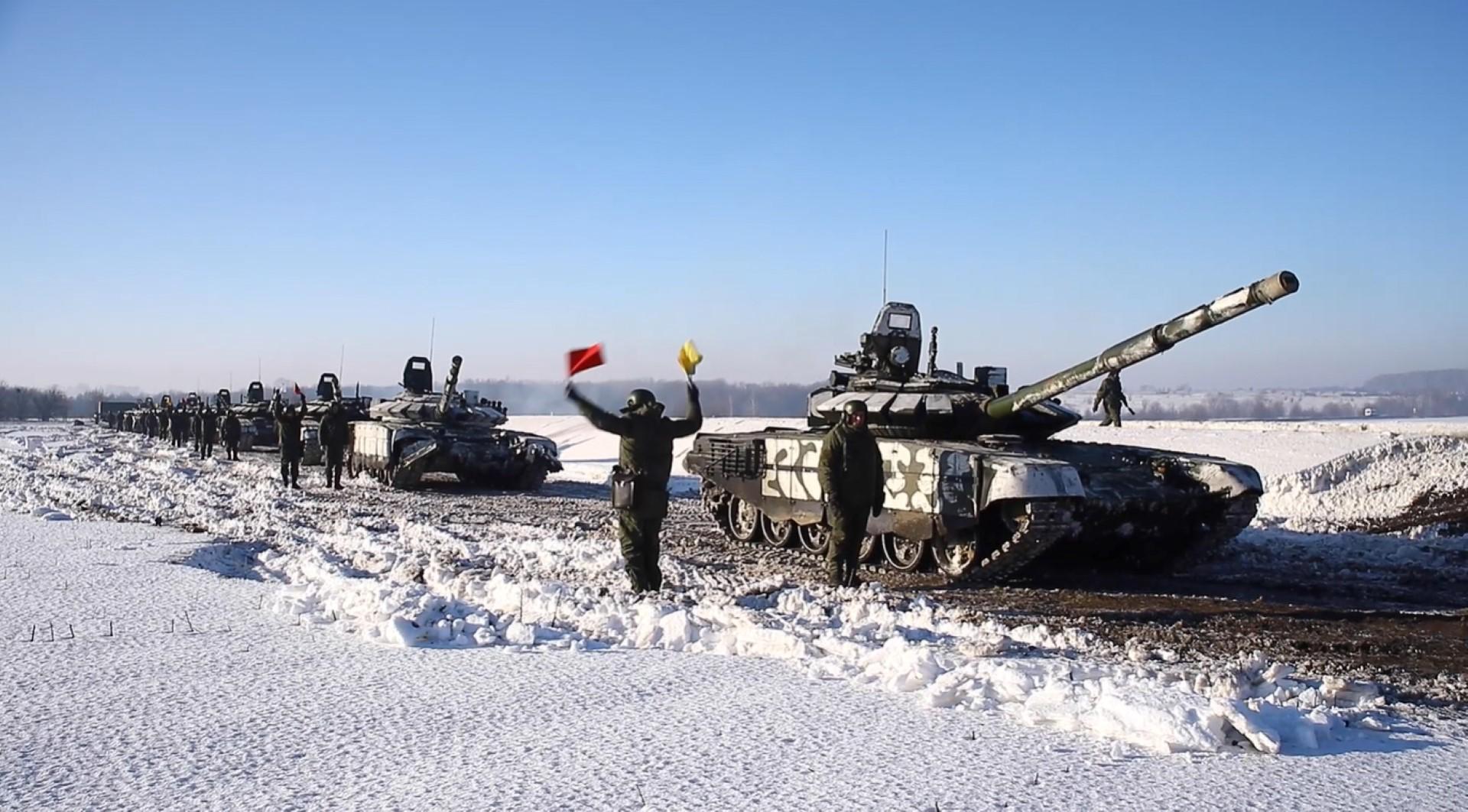Lviv locals making ‘Czech hedgehogs’ to scupper Russian tanks
There are now a total of twenty people working to produce home-made anti-tank obstacles, including ten regulars.
Just In
A group of men in the western Ukraine city of Lviv are helping the war effort against Russian invaders by producing home-made anti-tank obstacles, from tutorials found in the internet.
“On the first day (of the invasion), my brother came to me and said: ‘Listen, we need anti-tank obstacles’,” explained Tarass Filipchak, a 30-something local with a long red beard, looking half hipster and half lumberjack.
He was building a house in Lviv, the biggest city in western Ukraine, and found some of the building materials would come in handy to produce the “Czech hedgehog” anti-tank obstacles, which were used in several countries during World War II.
Filipchak posted messages on Facebook or Instagram and then “friends, acquaintances, even people we don’t know” came to bring them what they needed or to lend a hand in the construction, he told AFP.
In his alleyway, a dozen of the anti-tank structures, each weighing around 100kg, are waiting to be picked up by Ukrainian soldiers.
They will then send them all over Ukraine, some have already been sent to the capital Kyiv and the central Poltava region.
Tarass has not been keeping an exact count, but he estimates that so far his little gang in Lviv has made more than 60 “hedgehogs” since Russia attacked Ukraine on Feb 24.
There are now a total of twenty people on the project, including ten regulars.
“We couldn’t imagine that we would ever do this. We are peaceful people, humanists,” Tarass explained.
As a furniture maker he has experience in working with metal, but nothing like this.
“We went on Wikipedia, looked at where they came from, who had invented them and we started to do the same,” he said.
The structures are angled metal bars. A vehicle attempting to drive over it will likely become stuck and possibly damaged.
At the end of Filipchak’s driveway, a few men are busy welding the massive metal pieces together.
In the garage, which is cluttered with all kinds of objects, another man is shaping smaller obstacles by welding together tiny pieces of metal.
“Look at that, 1914!” laughs Vitali Bodnar, cigarette in mouth and welding helmet raised. That’s the year of manufacture of the metal obstacles they are recreating.
“They come from Austria,” he continued. From Gyor to be precise, a town that is now part of Hungary.
The computer developer considers the work his contribution to the war effort.
“We want to be a totally independent country, or in the European Union. No one wants to see this country become part of Russia,” Bodnar said.
He says he cannot imagine his country being defeated by Russian troops.
After the war is over, Bondar wants to see his country’s borders open, to travel more freely. Then the computer developer laughs loudly: “Maybe I’ll open my own garage!”
Subscribe to our newsletter
To be updated with all the latest news and analyses daily.
Most Read
No articles found.
